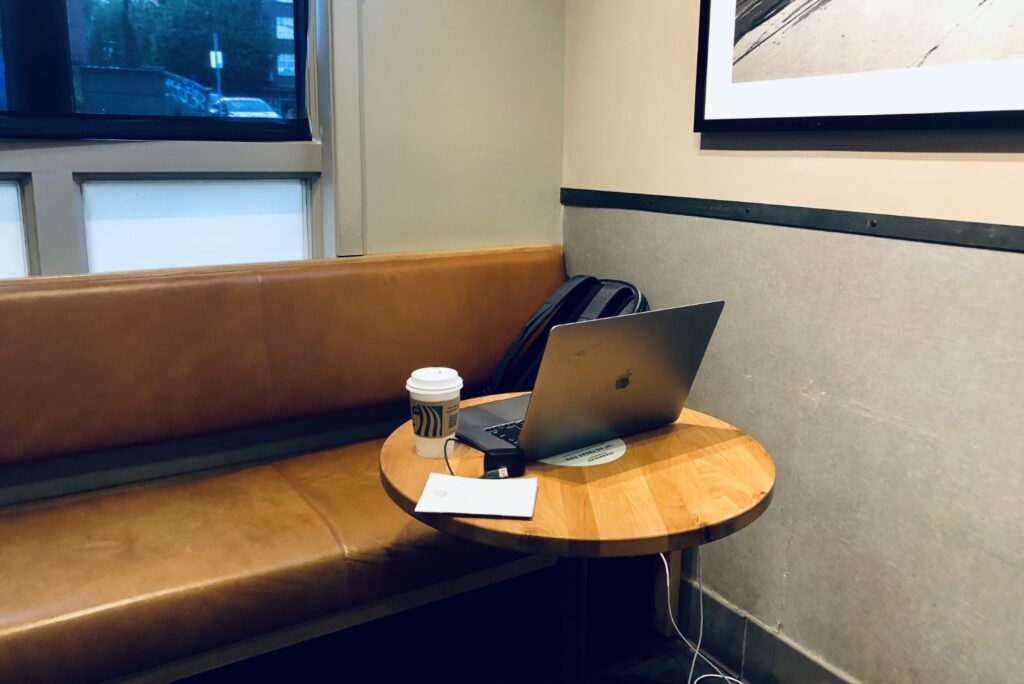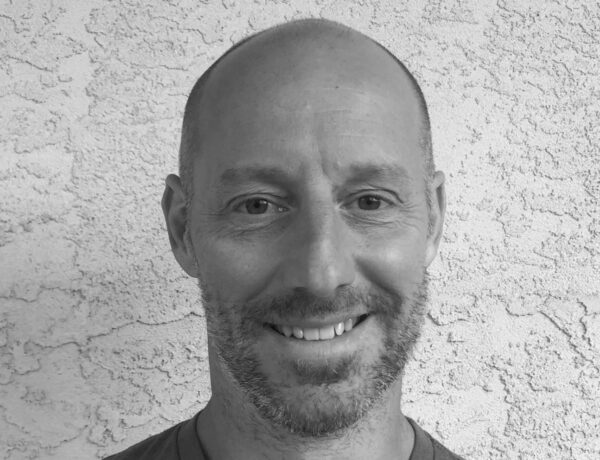Peter Mountford was born and raised in Washington, D.C., apart from three years in Sri Lanka in the early stages of the Sri Lankan Civil War. After finishing an undergraduate degree in International Relations in 1999, Peter spent two years in Ecuador as the token liberal at a right wing think tank.
Since earning an MFA in creative writing from the University of Washington in 2006, Peter has published two novels: A Young Man’s Guide to Late Capitalism (winner of the 2012 Washington State Book Award in fiction, and finalist for the VCU Cabell First Novelist prize), and The Dismal Science (a New York Times Editor’s Choice).
Peter’s short stories have appeared in many literary magazines, including Paris Review, Southern Review, Guernica, Missouri Review, Conjunctions, Zzyzyva, and Boston Review, where he won second place in the 2007 contest judged by George Saunders. His personal essays have appeared in The Atlantic, Granta, New York Times (Modern Love), the New York Times Magazine, The Sun, and elsewhere. He’s also written features for the Guardian, Writers’ Digest, and others.
Each week, we publish a new daily writing routine from a famous author. Subscribe to our newsletter so you don’t miss out!
Hi Peter, really great to be chatting with you. We’re excited to into your writing routine and creative process. To start, for those who may not know, can you please tell us a little bit about yourself?
I grew up in a very international community—my father is Scottish, was an economist at the IMF, and we ran in this very erudite and multinational community, all these bureaucrats at international organizations. We spent a few years in Sri Lanka, arriving shortly before the civil war broke out.
I ended up living all over the place in my twenties—Ecuador, Mexico, New York, Los Angeles, Scotland—and for quite a while my life was strangely inundated with death. My mother died right after we returned from Scotland. All my grandparents and a number of friends and ex-girlfriends had died by the time I was thirty.
I had been a very outgoing and cheerful kid, in a sense, but was made strange by all of this. I started publishing fiction and nonfiction at thirty, and my work has been informed by these varied and intense experiences.
You’ve definitely lived a varied and interesting life so far. I know that you received an MFA in creative writing from the University of Washington. How significant was this to your writing career, and would you recommend it to other writers?
It was very significant. I had been writing a lot for a number of years before I applied. I’d received hundreds of rejections from magazines, had thrown away a novel and a half, and it was now clear that maybe the problem wasn’t with the gatekeepers but with my work itself. So I applied to thirteen schools and got into one, so that’s where I went.
My writing really progressed a lot while I was there. This improvement was in part a question of timing, I was 28 and desperately ambitious when I started, incredibly frustrated with my lack of progress. Crucially, my professor David Shields, who’s now a good friend of mine, began mentoring me while I was there, and he has helped me in many ways over the years.
So yes, I’d recommend pursuing an MFA if you feel stuck, if writing is the most important thing in your life and you’re not making progress. It’s not a great use of resources for people who view writing as something that is voluntary, or something that they might not want to do.
Can you take us through the creative process behind your novel, The Dismal Science?
I started writing my first two books at the same time. They take place in the same time and space, around the election of Evo Morales as president of Bolivia in 2004. But I realized they had to be separate books early on, and stopped working on the Dismal Science arc. After A Young Man’s Guide to Late Capitalism came out I came back to it. I was stuck in the middle for a while, but went away on a residency to Yaddo, and those two weeks unlocked the book for me.

What does a typical writing day look like for you?
I used to write in the evening, but now I write very early in the morning. I like to write at this Starbucks near my house. I get there not long after they open at 5:30 in the morning. It’s not a very nice Starbucks, not especially comfortable or anything, but I get a corner seat and put my earphones in. I disappear into my work, tune out the world. Somehow the fact that it’s a drab place makes it less distracting. I’ve been writing a lot of short stories of late – two just came out, in Missouri Review and Cutbank – as well as some craft essays (I have two coming out in Writer’s Digest this year).
Is there a target word count you aim to hit or a certain amount of hours you like to write each day?
I don’t do either a target word count or a number of hours. My hope is to enjoy writing enough to lose myself in it, and then I have to cut myself off, because I have to get back to real life.
If you could give just one piece of advice to a writer trying to get published, what would it be?
Assume your reader is bored and wants to continue surfing the internet, or wants to go for a walk, your one and only job is to stop them from turning away. Say something immediately that will arrest their attention. Once you get them to pay attention and you hold that attention for at least five or six pages, then you can start to think about art and meaning and all that fancy stuff, but your first and most important job is simply to command their attention, to force this stranger to listen to you.
What does your writing workspace look like?
I have an office in the basement, used to be a garage, where I work at an old antique table (the same one I wrote about in my Modern Love essay). I teach and do Zoom meetings with clients at that table—I’m a developmental editor and writing coach—and I find it’s not great to use the same space for creative work and teaching or coaching, so I mostly like to write at Starbucks.


Before you go…
Each week, we publish a new writing routine from a famous author. Subscribe to our newsletter so you don’t miss out!



No Comments